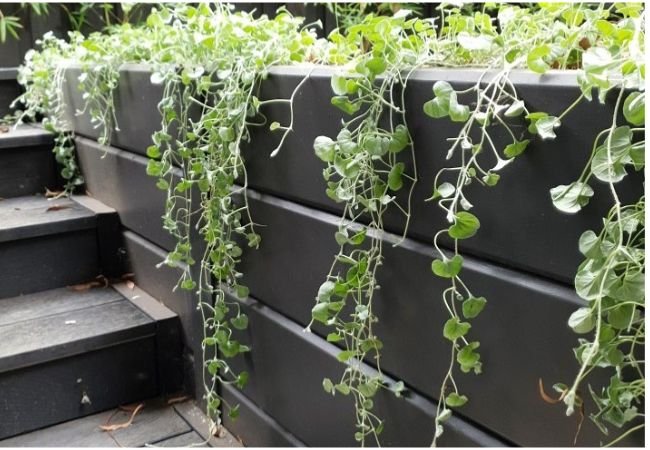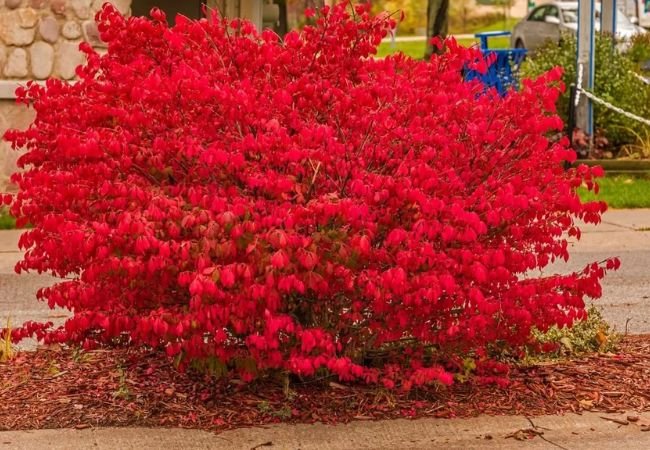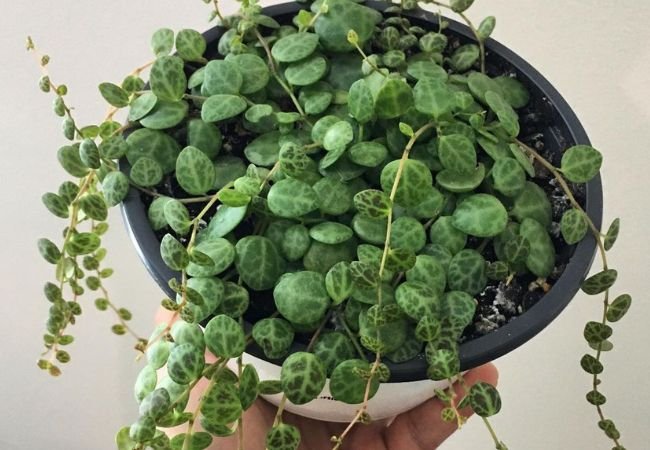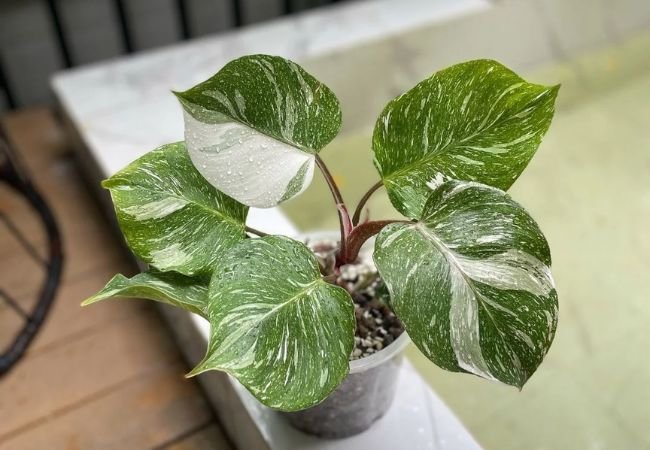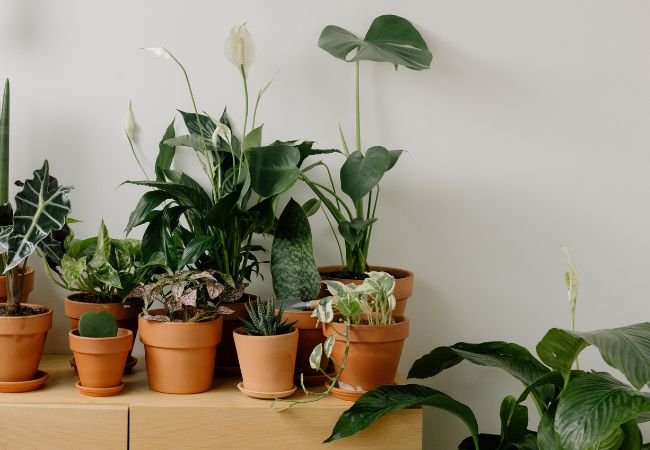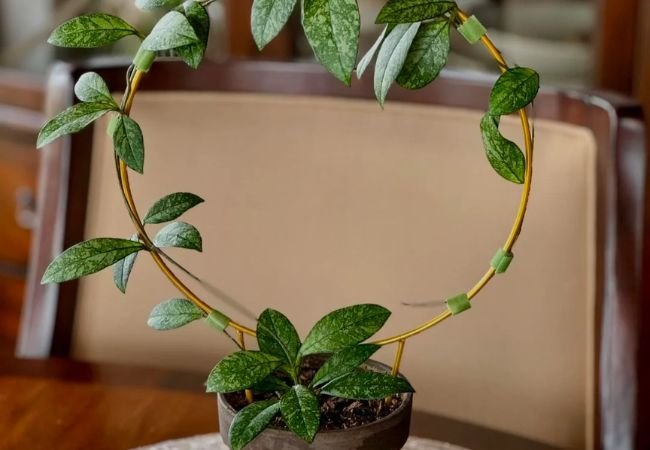Golden Cane Palm Care : Easy Tips for Growing Dypsis Lutescens at Home
Learn how to grow and care for Golden Cane Palm (Dypsis lutescens) with our simple guide. Discover watering, light, soil and maintenance tips for this beautiful indoor plant.
The Golden Cane Palm, also known as Dypsis lutescens, is a beautiful plant that can bring a tropical feel to your home or garden. This palm is popular because it’s easy to grow and looks great. In this article, we’ll talk about how to take care of your Golden Cane Palm so it stays healthy and happy.
Here’s an easy-to-read, verified information chart for the Golden Cane Palm:
| Category | Details |
|---|---|
| Botanical Name | Dypsis lutescens |
| Common Name | Golden Cane Palm, Areca Palm |
| Plant Name | Golden Cane Palm |
| Zone | 10-11 (USDA Hardiness Zones) |
| Sun Exposure | Full sun to partial shade |
| Soil Type | Well-draining, rich loamy soil |
| Watering | Moderate; keep soil consistently moist but not waterlogged |
| Growth Habit | Clumping, bushy |
| Height/Spread | Height: 6-12 feet (1.8-3.7 meters) <br> Spread: 4-6 feet (1.2-1.8 meters) |
| Special Features | Attractive feathery fronds, excellent indoor plant, low maintenance, air-purifying |
What is a Golden Cane Palm?
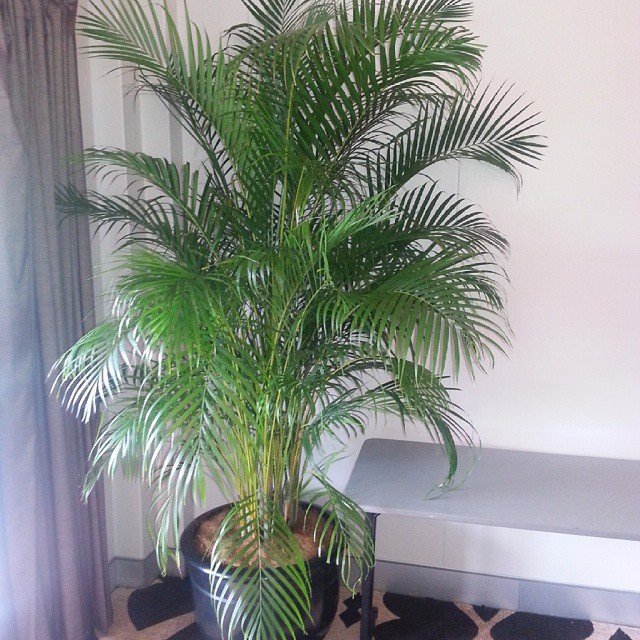
The Golden Cane Palm is a type of palm tree that comes from Madagascar. It’s called “golden” because its stems have a yellow color. This palm can grow both indoors and outdoors, depending on where you live. It’s a good choice for people who want to add some green to their homes or yards. The scientific name for this plant is Dypsis lutescens and it belongs to the family Arecaceae.
Why Choose a Golden Cane Palm?
There are many reasons to pick a Golden Cane Palm for your home:
- It looks nice: The palm has long, green leaves and golden stems that can make any room look better.
- It’s easy to grow: You don’t need to be a plant expert to take care of this palm.
- It cleans the air: Like many plants, it can help remove some harmful things from the air in your home.
- It grows well indoors: If you live in a place that gets cold, you can keep this palm inside all year.
- It can grow outside too: In warm areas, you can plant it in your yard.
How to Care for Your Golden Cane Palm
Taking care of a Golden Cane Palm isn’t hard, but there are some things you should know. Let’s look at the main things you need to do to keep your palm healthy.
Light
Golden Cane Palms like bright light, but not direct sunlight. Here’s what you need to know:
- Put your palm near a window that gets lots of light, but not in front of it.
- If the leaves start to turn yellow, it might be getting too much sun.
- If the plant looks stretched out, it might need more light.
- In outdoor spaces, find a spot with partial shade.
Tip: If you’re keeping your palm indoors, turn it every few weeks so all sides get equal light.
Water
Watering your Golden Cane Palm the right way is important. Here’s how to do it:
- Water the palm when the top inch of soil feels dry.
- Don’t let the soil get too wet or too dry.
- Use room temperature water.
- Water less in winter when the plant grows slower.
- If you live in a dry place, you might need to water more often.
Tip: It’s better to underwater than overwater. Too much water can hurt the roots.
Soil and Fertilizer
The right soil and food will help your palm grow strong. Here’s what to use:
Soil:
- Use a mix made for palms or make your own with regular potting soil, sand and peat moss.
- Make sure the soil drains well to avoid wet roots.
Fertilizer:
- Feed your palm with a balanced, water-soluble fertilizer every month during spring and summer.
- Use less fertilizer in fall and winter.
- Follow the instructions on the fertilizer package.
Tip: Don’t use more fertilizer than needed. Too much can burn the roots.
Temperature and Humidity
Golden Cane Palms like warm, humid places. Here’s how to make them comfortable:
Temperature:
- Keep the temperature between 60°F and 85°F (15°C to 29°C).
- Protect the palm from cold drafts and air conditioning.
Humidity:
- These palms like humid air.
- If your home is dry, you can increase humidity by:
- Misting the leaves with water
- Putting a tray of water near the plant
- Using a humidifier
Tip: In very dry places, you might need to mist the palm daily.
For more information on the importance of humidity for tropical plants, you can refer to this guide on plant humidity from the University of Vermont Extension.
Pruning and Cleaning
Keeping your Golden Cane Palm tidy will help it look its best:
- Remove any yellow or brown leaves by cutting them off at the base.
- Wipe the leaves with a damp cloth to remove dust.
- Don’t cut off green, healthy leaves unless they’re in the way.
Tip: Clean tools with rubbing alcohol before pruning to avoid spreading diseases.
Repotting
As your palm grows, you’ll need to give it more space:
- Repot every 2-3 years or when roots start coming out of the pot’s drainage holes.
- Choose a pot that’s 2-3 inches bigger than the current one.
- Spring is the best time to repot.
- Be gentle with the roots when you move the plant.
Tip: If you don’t want your palm to get bigger, you can trim the roots and put it back in the same pot with fresh soil.
Common Problems and Solutions
Even with good care, your Golden Cane Palm might have some issues. Here’s how to spot and fix common problems:
- Yellow Leaves
- Cause: Too much water or not enough light
- Solution: Check your watering and move the plant to a brighter spot if needed
- Brown Leaf Tips
- Cause: Not enough humidity or too much fertilizer
- Solution: Increase humidity and reduce fertilizer
- Drooping Leaves
- Cause: Not enough water
- Solution: Water more often, but make sure the soil isn’t staying wet
- Pests (like spider mites or scale insects)
- Cause: Dry conditions or bringing in infected plants
- Solution: Wipe leaves with soapy water or use insecticidal soap
- Slow Growth
- Cause: Not enough light or fertilizer
- Solution: Move to a brighter spot and feed regularly during growing season
Tip: Always check new plants for pests before bringing them home.
For more detailed information on identifying and managing palm diseases, you can consult this resource from the University of Florida IFAS Extension.
Growing Golden Cane Palms Outdoors
If you live in a warm place (USDA zones 10-11), you can grow Golden Cane Palms outside. Here’s what you need to know:
- Plant in a spot with partial shade.
- Make sure the soil drains well.
- Water deeply but less often than indoor palms.
- Protect from strong winds that can damage leaves.
- In cooler areas, plant near a wall for extra warmth.
Tip: If there’s a chance of frost, cover your outdoor palm with a blanket overnight.
Using Golden Cane Palms in Home Decor
Golden Cane Palms can make your home look great. Here are some ideas:
- As a focal point: Put a large palm in an empty corner to fill the space.
- In groups: Plant several palms together for a tropical look.
- Near windows: They look nice by bright windows but not in direct sun.
- In bathrooms: The humid air is good for the palm.
- On patios: Use them to create privacy or shade.
Tip: Use matching pots for several palms to create a cohesive look.
Benefits of Having a Golden Cane Palm
Besides looking nice, Golden Cane Palms have other good points:
- Air cleaning: They can remove some harmful chemicals from the air.
- Stress reduction: Having plants around can help you feel calmer.
- Increased humidity: Good for people with dry skin or breathing issues.
- Natural divider: Use them to separate spaces in a room.
- Year-round greenery: They stay green all year, even in winter.
To learn more about the air-purifying qualities of houseplants, including palms, you can refer to NASA’s Clean Air Study.
Propagating Golden Cane Palms
If you want more palms, you can grow new ones from your existing plant:
- Look for small shoots (called suckers) growing at the base of the palm.
- Carefully dig up the sucker, making sure it has some roots.
- Plant the sucker in its own pot with well-draining soil.
- Keep the soil moist and put the new plant in a warm, bright spot.
- Be patient – it can take a while for the new palm to grow.
Tip: It’s best to wait until the sucker is at least 1 foot tall before separating it.
Golden Cane Palm Facts
Here are some interesting things about Golden Cane Palms:
- They can live for many years with good care.
- In nature, they can grow up to 40 feet tall, but stay much smaller indoors.
- The scientific name, Dypsis lutescens, comes from Greek words meaning “yellow” and “becoming.”
- They’re sometimes called Areca Palms or Butterfly Palms.
- In the wild, they’re endangered due to habitat loss.
Seasonal Care for Golden Cane Palms
Your palm’s needs change with the seasons. Here’s what to do:
Spring:
- Start feeding with fertilizer.
- Increase watering as the plant starts growing more.
- Repot if needed.
Summer:
- Water more often if it’s very hot.
- Protect from harsh afternoon sun.
- Watch for pests that are more active in warm weather.
Fall:
- Reduce watering and feeding as growth slows down.
- Bring outdoor palms inside before it gets cold.
Winter:
- Water less, only when the soil is dry.
- Stop fertilizing.
- Keep away from cold windows and heating vents.
Tip: Pay attention to your palm’s looks and adjust care as needed, no matter the season.
For more information on caring for tropical plants in different seasons, you can check out this guide from the Royal Horticultural Society.
Comparing Golden Cane Palms to Other Indoor Plants
Here’s how Golden Cane Palms stack up against other common house plants:
- vs. Snake Plant:
- Golden Cane Palm needs more light and water.
- Snake Plant is harder to kill and needs less care.
- vs. Pothos:
- Golden Cane Palm grows taller and needs more space.
- Pothos is easier to propagate and can trail or climb.
- vs. Ficus:
- Golden Cane Palm is less fussy about changes in its environment.
- Ficus can grow into a larger tree form if allowed.
- vs. Spider Plant:
- Golden Cane Palm is better for cleaning air.
- Spider Plant is easier to propagate and grows faster.
Choosing the Right Golden Cane Palm
When you’re buying a Golden Cane Palm, look for these things:
- Healthy, green leaves without brown spots or yellowing.
- Multiple stems growing from the base.
- No signs of pests or diseases.
- A pot with drainage holes.
- Moist but not soggy soil.
Tip: Smaller palms are usually cheaper and easier to transport, but larger ones make a bigger impact right away.
Frequently Asked Questions
Here are answers to common questions about Golden Cane Palms:
Q: How fast do Golden Cane Palms grow?
A: They grow slowly, usually adding only 6-10 inches per year.
Q: Are Golden Cane Palms safe for pets?
A: Yes, they’re non-toxic to cats and dogs.
Q: Can I put my Golden Cane Palm outside in summer?
A: Yes, but introduce it to outdoor conditions slowly and bring it in before it gets cold.
Q: Why are the leaf tips turning brown?
A: This could be due to low humidity, too much fertilizer, or chemicals in tap water.
Q: How often should I clean the leaves?
A: Wipe them gently with a damp cloth every few weeks to keep them dust-free and healthy.
Golden Cane Palms are beautiful, easy-to-grow plants that can add a tropical touch to your home. With the right care – bright indirect light, proper watering, and occasional feeding – your palm can thrive for years. Remember to adjust your care routine based on your home’s conditions and the plant’s needs. Whether you’re a beginner or an experienced plant owner, a Golden Cane Palm can be a rewarding addition to your indoor garden.
For more gardening tips and plant care guides, visit usagardenweb.com.

